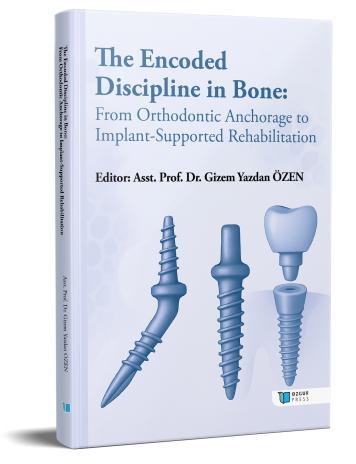
Implant-Supported Removable Prostheses
Şu kitabın bölümü:
Özen,
G.
Y.
(ed.)
2025.
The Encoded Discipline in Bone: From Orthodontic Anchorage to Implant-Supported Rehabilitation.
Özet
Despite advances in preventive dentistry, tooth loss remains a significant concern, affecting oral and overall health. It leads to functional, aesthetic, and psychological challenges, impacting the quality of life. Major contributing factors include periodontal diseases, age, socioeconomic status, and poor oral hygiene. Partial edentulism, particularly free-end cases in posterior regions, is commonly treated with removable dentures, which, over time, accelerate bone loss and compromise prosthesis stability.
Implant-supported prostheses offer superior stability, function, and bone preservation compared to traditional removable dentures. In fully edentulous patients, the most common approach involves two implant-supported overdentures in the mandible, while at least four implants are recommended for the maxilla. Treatment planning should consider bone volume, patient expectations, and biomechanical requirements. Implant-supported prostheses help maintain occlusal balance, enhance chewing efficiency, and improve overall well-being.
Long-term implant success depends on proper maintenance and periodic follow-ups. Immediate loading protocols provide faster rehabilitation but require optimal primary stability. Additionally, occlusal considerations and prosthetic design play crucial roles in ensuring longevity and function. The increasing global demand for implant treatments highlights the need for comprehensive planning and patient education to prevent progressive bone loss and improve oral rehabilitation outcomes.

